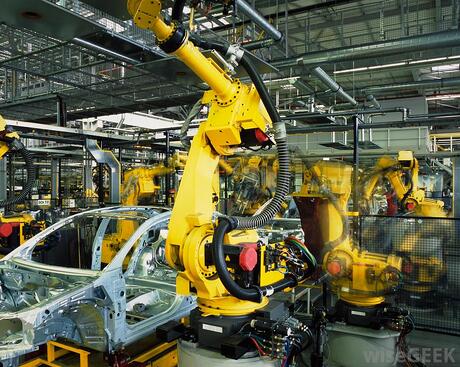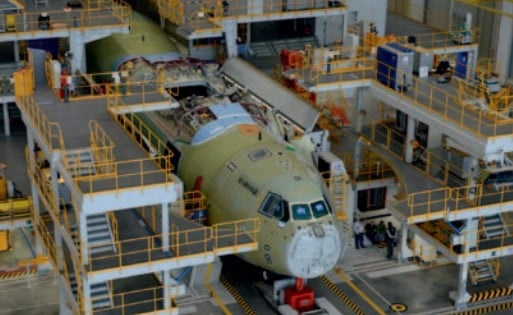3 Types of Manufacturing We Couldn't Do Without Robots

Posted on Jul 10, 2017 7:00 AM. 2 min read time
Robots have become an integral part of manufacturing in our day and age. They produce numerous products on their own, or with the help of humans depending on the situation in the plant. If you take out the robots from manufacturing, you’re left with plenty of industries that wouldn’t be able to succeed.
Join us as we look at three different types of manufacturing that depend on robots to survive. Without robots in these plants, it would be almost impossible to meet require quotas. When you take a step back, it really makes you appreciate what today’s technology does for us.
3 Manufacturing Industries That Absolutely Need Robots
1. Automobile Production
The automobile industry was among the first to adopt robots in a widespread manner. These were most commonly fenced robots that consisted of giant arms that could work on an assembly line without pausing. These robots handle heavy lifting, intense work, and do it all at a lower cost for the manufacturer.

Things like painting, welding, installation, and assembly are all things these robots can do away from humans. Technologies like Robotic Vision, Collaborative Robots, and Robotic Painting have all been applied to this industry.
The ability to precisely and safely apply parts of automobiles gives these robots a unique edge over humans. Once you add in collaborative robots, it becomes impossible to manufacture automobiles at the rate the industry needs without robotic assistance.
2. Smartphones
Foxconn, the manufacturers of Apple’s iPhone, are looking to automate a vast majority of the tasks involved with creating smartphones. Dangerous, repetitive, or unwanted work can be handled by robots. They’ll be using in-house robotics units known as Foxbots.
Human workers have had a difficult time handling all of these tasks on their own. In a statement to the BBC, a representative of the company explained the decision saying “We are applying robotics engineering and other innovative manufacturing technologies to replace repetitive tasks previously done by employees, and through training, also enable our employees to focus on higher value-added elements in the manufacturing process, such as research and development, process control and quality control.”
Complex and minute manufacturing process, like the kinds required to create devices like smartphones, are something that humans cannot do with continuous accuracy and for long-term periods of time. Robots can swoop in and handle precise tasks like this and there’s no risk of injury.
3. Aerospace Manufacturing
Aircraft manufacturing has long been something that involves piecing together components with riveting and bonding. With robots, the level of accuracy and rigidity lends itself to all the processes that go into making aircraft. Drilling, fastening, sealing, painting, etc. All of these things are being handled by robots who can do it better and faster than humans.
The amount of aircraft that’s on backorder is staggering. This is putting pressure on manufacturers to produce aircraft faster and more efficiently to meet the needs of the industry. This is really the crux of all the industries we’ve discussed today. Today’s manufacturing industries are getting demands that far outreach their capabilities.
As a result, robots are the answer to their needs. Massive manufacturing processes like aircraft, automobiles, and even complicated processes like smartphone production all depend on robots to meet their needs.
Final Thoughts
Robots and manufacturing are completed intertwined. In today’s modern age, they are needed to meet the needs of the largest industries. Have you implemented robotics into your manufacturing plant? Let us know in the comments!








Leave a comment